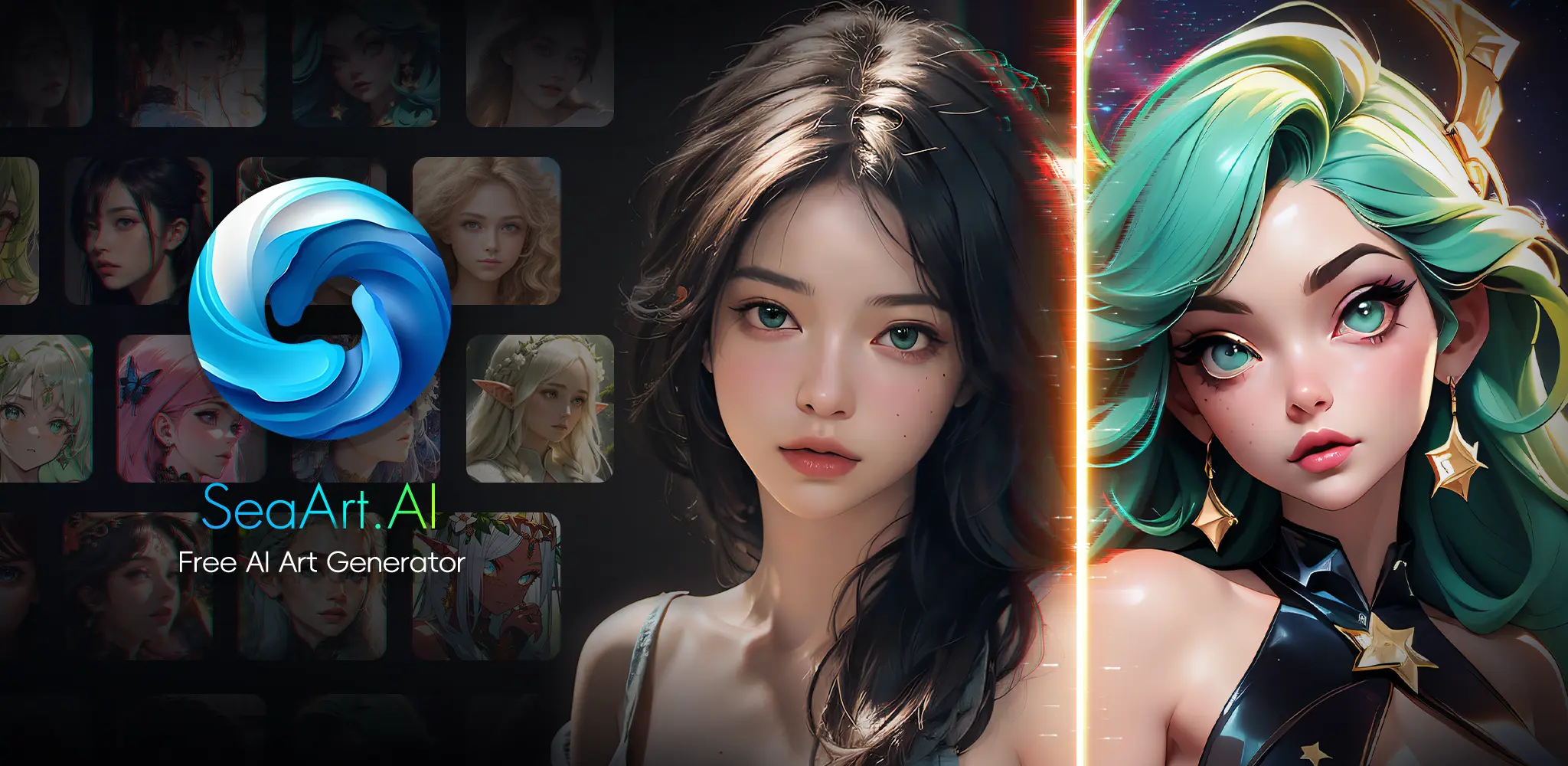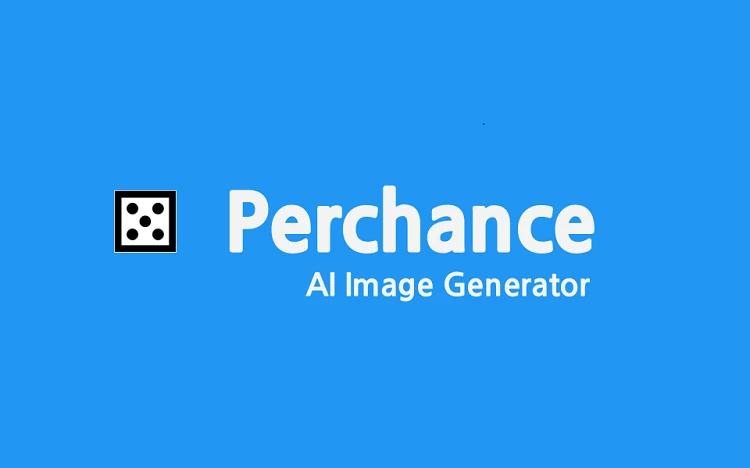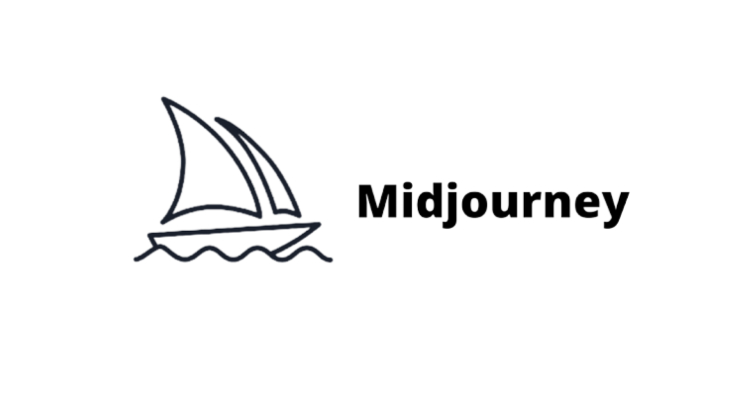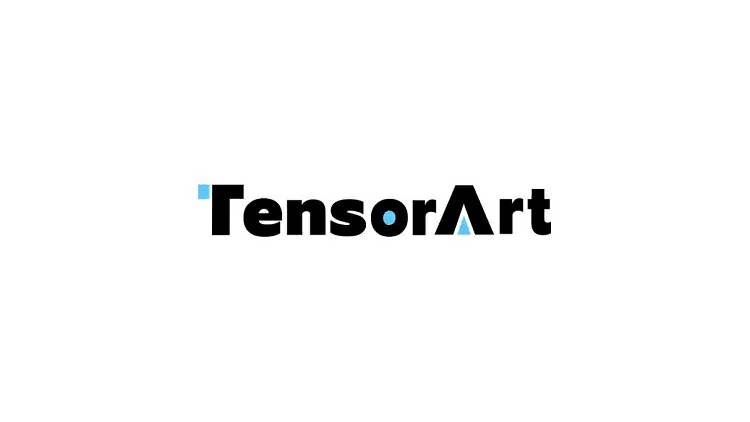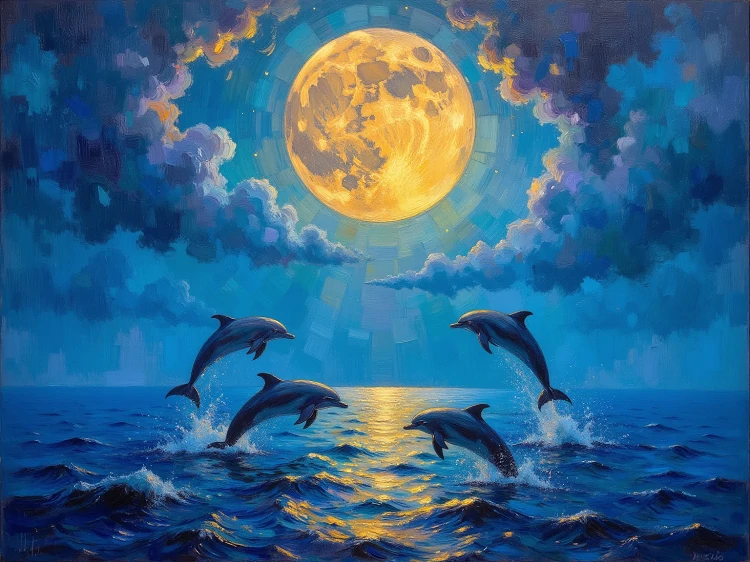Nano Banana: Why It Stands Out in Editing Images and How to Use It?
In the rapidly evolving world of AI-powered image editing, a new breakthrough has emerged that's revolutionizing how we create and modify visual content. Nano Banana represents the cutting edge of text-based image editing technology, offering unprecedented precision and speed, providing new creative pathways for both professional artistic creation and amateur image editing enthusiasts.
What is Nano Banana AI?
Nano Banana is an AI model with superior text-based image editing capabilities. It's now available on the SeaArt AI.
The model is designed to transform and edit images using natural language prompts, offering precision, speed, and consistency that outperform competitors like Flux Kontext and Qwen Image Edit.
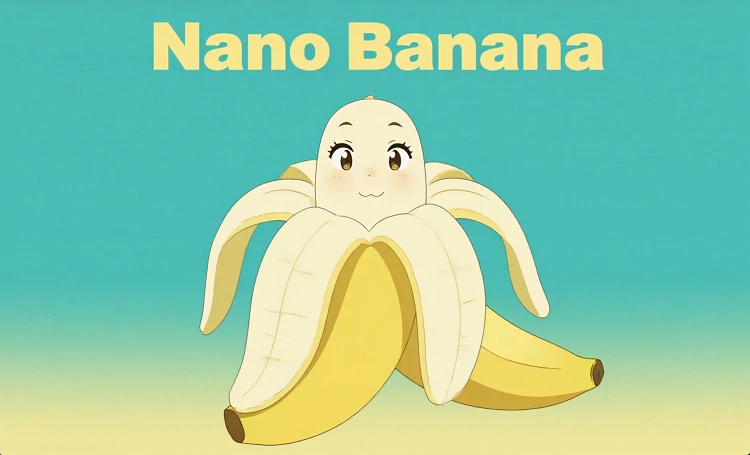
Key Features of Nano Banana
Nano Banana excels in several areas, making it a standout tool for both casual users and professionals. Here are its primary features:
1.Natural Language Processing for Image Editing
- You can describe desired changes to an image using simple text prompts (e.g., “Replace the background with a snowy mountain” or “Make her wear a red coat”). The model interprets complex instructions with high accuracy, eliminating the need for manual editing tools like layers or masks.
- It supports mask-free inpainting and layout-aware outpainting, allowing seamless edits to specific regions while preserving the overall context of the image.
2.Character Consistency Across Edits
- Nano Banana is designed to maintain the likeness of subjects (people, pets, or objects) across multiple edits. For example, if you edit a photo of a person to change their outfit or background, the model ensures their facial features and identity remain consistent. This is a significant improvement over other models that often alter unprompted details.
- This feature is particularly useful for creating consistent AI influencers, branded visuals, or multi-panel comics where character continuity is crucial.
3.Multi-Turn Editing
- The model supports iterative editing, allowing users to refine images step-by-step without losing context. For example, you can start with an empty room, add a coat of paint, then include furniture like a bookshelf or coffee table, with each edit building on the previous one.
- This conversational refinement ensures stable results, unlike other models where successive edits may introduce inconsistencies.
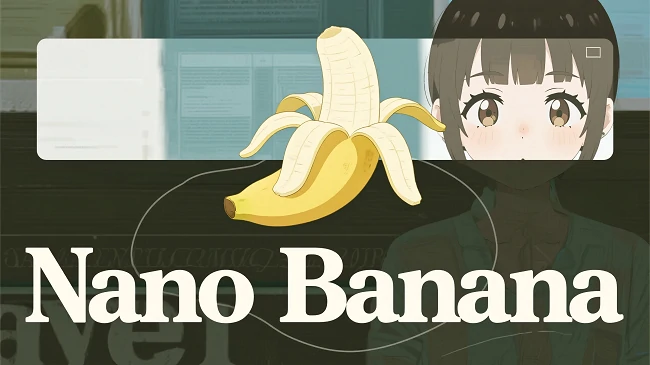
4.Multi-Image Fusion
- Nano Banana can blend multiple images into a single cohesive scene. For instance, you can combine a photo of yourself and your pet to create a new image of both in a different setting, like a basketball court.
- It maintains natural lighting, shadows, and perspective during fusion, resulting in photorealistic outputs.
5.Style Transfer and Artistic Versatility
- The model supports a wide range of artistic styles, including photorealistic, cartoon, watercolor, oil painting, and abstract. You can apply the style of one image to another or transform photos into different artistic formats.
- This makes it ideal for creative projects like social media graphics, advertising posters, or concept art.
6.Speed and Efficiency
- Nano Banana generates or edits images in 1–5 seconds, significantly faster than competitors like OpenAI’s GPT-Image, which can take up to 5 times longer.
- Its low latency makes it feel like real-time editing, streamlining workflows for both casual and professional users.
Use Cases of Nano Banana AI
Nano Banana is versatile and suited for a wide range of applications.
- Creative Production: Design stunning visuals for social media campaigns, advertising posters, and concept art with unparalleled speed.
- E-Commerce and Product Photography: Generate a suite of consistent, high-quality product images for your online store without the need for expensive photoshoots.
- Visual Storytelling: Create compelling narratives with consistent characters for comic strips, AI influencer content, and branded campaigns.
- Photo Restoration: Breathe new life into old or damaged photographs by intelligently restoring colors, details, and clarity.
- Virtual Try-Ons: Allow customers to visualize how clothing, accessories, or even hairstyles will look in a realistic, personalized setting.
- Interior Design: Conceptualize and visualize room makeovers by adding, removing, or altering furniture and decor in a fluid, step-by-step process.
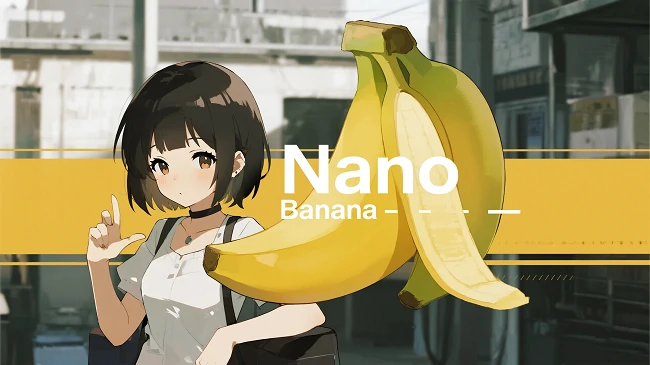
How to Use Google Nano Banana
Now, the powerful art creation platform SeaArt AI has added support for using Nano Banana for image creation. Follow these simple steps to know Nano Banana how to use and start your free image creation journey:
Step 1.Visit seaart.ai to access the Nano Banana model usage page;
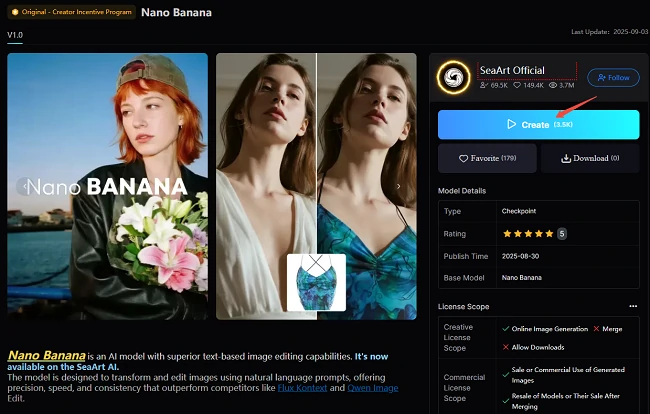
Step 2.Upload the image you need to edit and enter the corresponding Nano Banana prompt based on the effect you want to achieve (if you need to create a new image from scratch, simply enter the prompt directly);
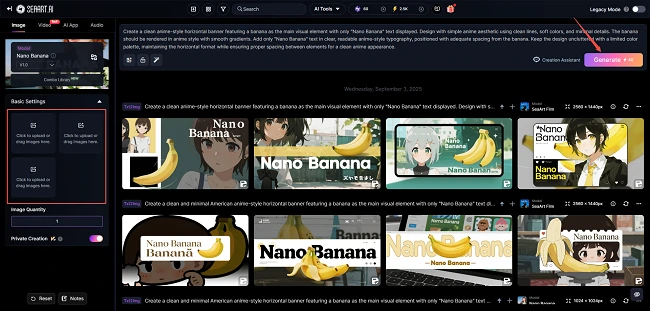
Step 3.Click "Generate" to start image creation. Within seconds, you'll get the corresponding image, which you can directly download and save or continue to beautify and modify based on that image.
Is Nano Banana AI free?
Yes! SeaArt AI provides daily stamina to all users to ensure you can use various models including Nano Banana for free artistic creation, or you can also participate in activities in the event center and complete various creative tasks to earn points for more free image editing.
Limitations of Nano Banana
While Nano Banana is at the forefront of AI technology, there are a few areas common to all generative models where it has room to grow:
- Text Rendering: Like its peers, Nano Banana can find it challenging to render crisp, legible text, particularly with intricate fonts. For perfect typography, a final touch-up in a program like Photoshop may be necessary.
- Anatomical Details: Occasionally, you may notice minor distortions in complex features like hands and fingers - a common hurdle in AI image generation.
- Complex Scene Logic: In highly detailed scenes, minor inconsistencies in reflections, lighting, or object placement can sometimes occur.
- Cropping Capabilities: Precise aspect ratio cropping (e.g., 16:9) is not yet a feature, as the model prioritizes generative and transformative edits.
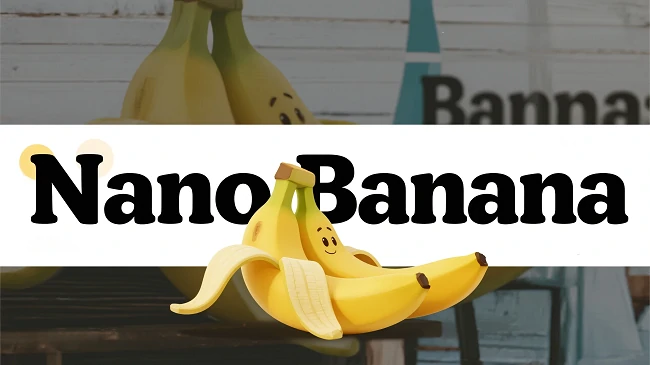
Conclusion
Nano Banana AI represents a significant leap forward in AI-powered image editing, democratizing professional-grade visual creation tools for users of all skill levels. With its remarkable speed, character consistency, and natural language processing capabilities, it opens up endless possibilities for creative expression.
While the technology still has room for improvement in areas like text rendering and complex anatomical details, its current capabilities already surpass many existing solutions. Best of all, you can experience these powerful features for free on SeaArt AI, making cutting-edge image editing technology accessible to everyone.


